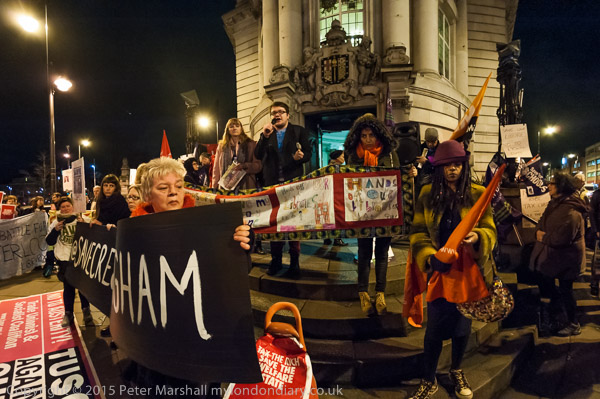
Covering the protesters outside Lambeth Town Hall on the evening that the borough council was voting on £90m cuts in local services provided some intensive testing for my Neewer 216 LED lighting panel and also for my flash technique. The Newwer perhaps did rather better.
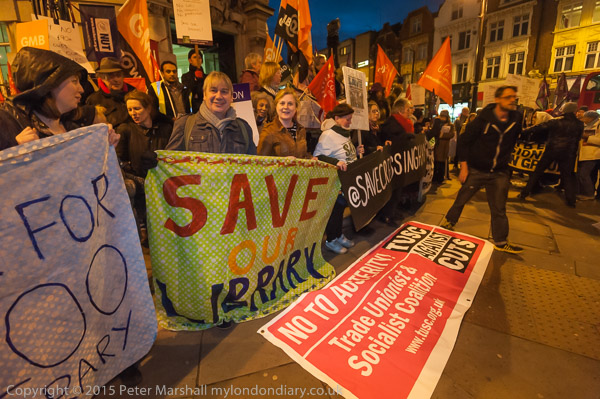
The steps into the council offices on the corner of Acre Lane in Brixton should be a relatively well-lit area at night, on the junction of two major inner city roads, but it seemed surprisingly dark, and there were certainly some very gloomy areas in the crowd, both at the council policies and also in terms of luminance.
I started out working with the Neewer unit with both the D700 and D800E, holding the unit in my left hand and directing it appropriately. I’d decided to work with the orange 3200K filter, hoping it would work better with the ambient street lighting, and with that absorbing around a stop of light I was able to work at ISO3200 and shutter speeds around 1/30s with an aperture of f4 (the 16-35mm wide open.)
It was that slow shutter speed that caused most of my problems, with many images having the people blurred. But enough managed to catch them withoug subject movement for it to work well, at least until I wanted to photograph anything more than three or four metres away. Even then with some images, the extra light in the foreground was useful.
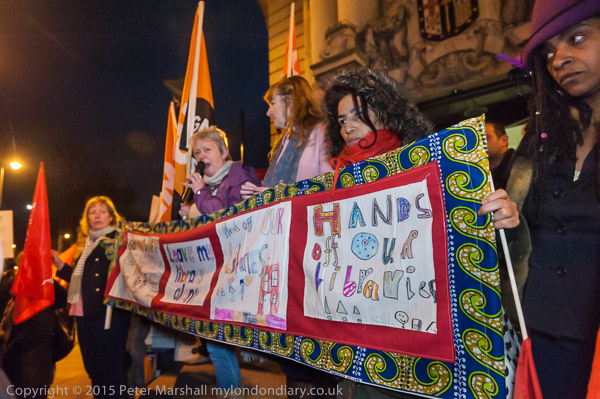
Working at f4, even with a wide angle, depth of field can be fairly limited, especially when working at close quarters, which is of course sometimes a good thing. But its better when you have enough light for this to be a choice rather than an imposition.
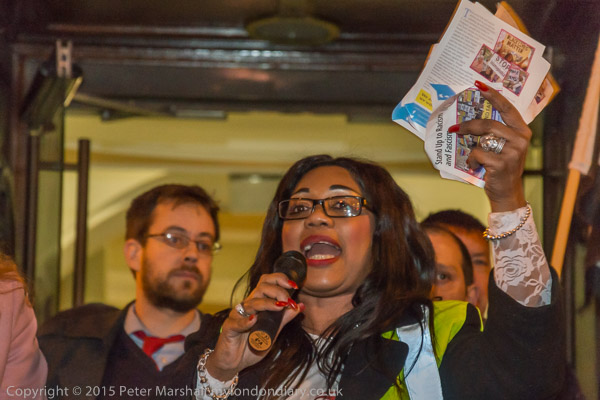
With the D800E and the 18-105mm lens I soon switched to using flash, particularly for the speakers, who were a little far away for the LED light, and where animated gestures would have otherwise been a blur.
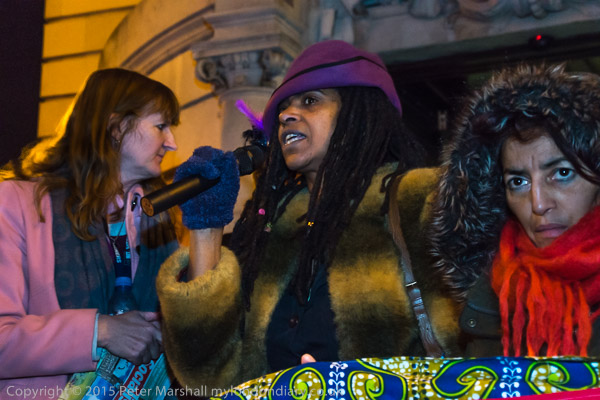
I’m not sure why, but it was the flash images that gave me the most exposure problems; some days I just don’t seem to be able to get the flash to do what I want, and many were considerably underexposed. When you get it right, the Nikon flash system can work wonders, but there seem to be quite a few quirks that can easily fool the occasional user like me. Lightroom was able to save the day on most of them.
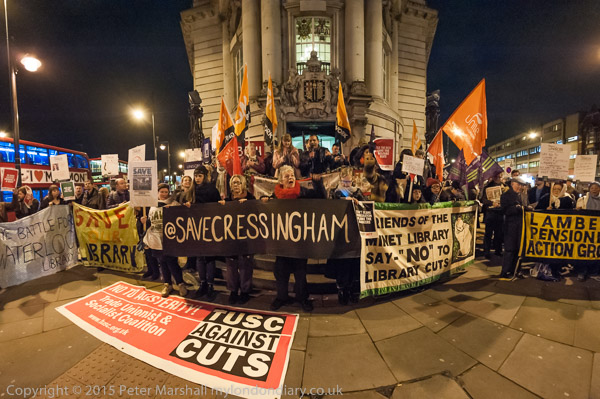
Towards the end of the event I switched to the 16mm fisheye on the D700 to photograph some wider views. Although the Neewer only gives even illumination over a fairly narrow angle, with fall-off becoming fairly noticeable at any focal length less than 35mm, it was still useful, enabling me to light the darkest parts of the 146 degree horizontal angle of view. There were some fairly wide variations in lighting across the whole of that scene, and angling the light into some of them gave me a usable result.
With many of these images, consderable post-processing was needed in Lightroom. The images needed rather more overall luminance noise reduction than my standard setting, along with quite a lot of dodging and burning to even out the lighting. Different light temperatures in different areas also got some attention. I can’t say that the colour is perfect, but technically – thanks to Nikon with some help from Lightroom I find the results impressive. Certainly nothing like this would have ever been possible with film. You can judge for yourself at Lambeth against £90m cuts.
______________________________________________________
My London Diary : Buildings of London : River Lea/Lee Valley : London’s Industrial Heritage
All photographs on this and my other sites, unless otherwise stated, are taken by and copyright of Peter Marshall, and are available for reproduction or can be bought as prints.
To order prints or reproduce images
________________________________________________________